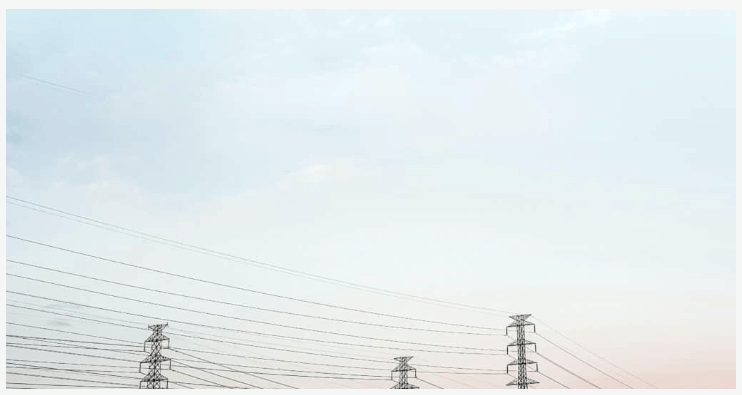
Adequately integrated energy networks are a prerequisite for making the internal energy market work, for enabling trade that helps keep prices in check, for integrating renewable energy sources and helping manage their variability. Energy infrastructure is the “other side of the coin” or the hardware of the internal market, the rules that govern market functioning and access to infrastructure forming the first side or the software.
The EU’s internal market rules have evolved over almost three decades, from the first package in 1996, which started the market liberalisation process, to the gas and hydrogen package as well as the review of electricity market design, both in 2024, as, i.a., the response to the energy crisis and the high and volatile electricity prices. Today, all EU Member States’ electricity markets are coupled: consumers and producers benefit from cross-border trade and optimisation of electricity flows in the order of 34 billion euros annually, as estimated by ACER.
EU’s energy infrastructure policy[1] underwent a major rehaul in 2013, whereby focus was put on cross-border infrastructure development, regional cooperation to identify and monitor progress of key projects (called projects of common interest PCI), and a toolbox to facilitate implementation. The Regulation on trans-European energy networks (TEN-E) was reviewed in 2022, when fossil gas was removed from its scope[2], hydrogen brought in and more focus was put on the integration of EU’s off-shore energy potential.
Para leer más ingrese a:
https://fsr.eui.eu/grids-and-trans-european-networks-for-energy/
Compartir artículo

Para información general sobre la organización: difusion@colombiainteligente.org | Dirección: Edf. TecnoParque Cr 46#56-11 Piso 13 | Medellín – Colombia
Teléfono: +57-4-4441211 Ext. 171 | FAX: +57-4-4440460
Los documentos se clasifican en varios colores tipo semáforo tecnológico que indican el nivel de implementación de la tecnología en el país
Tecnología en investigación que no ha sido estudiado o reglamentado por entidades del sector.
La tecnología se aplica de manera focal y se encuentra en estudio por parte de las entidades del sector.
La tecnología se aplica de manera escalable y se encuentran políticas y regulaciones focales establecidas.
La tecnología se aplica a través de servicios y se encuentran políticas y regulaciones transversales establecidas.
La tecnología se aplica de manera generalizada y se tiene un despliegue masivo de esta.
Para acceder a todos los documentos publicados y descargarlos ingresa aquí